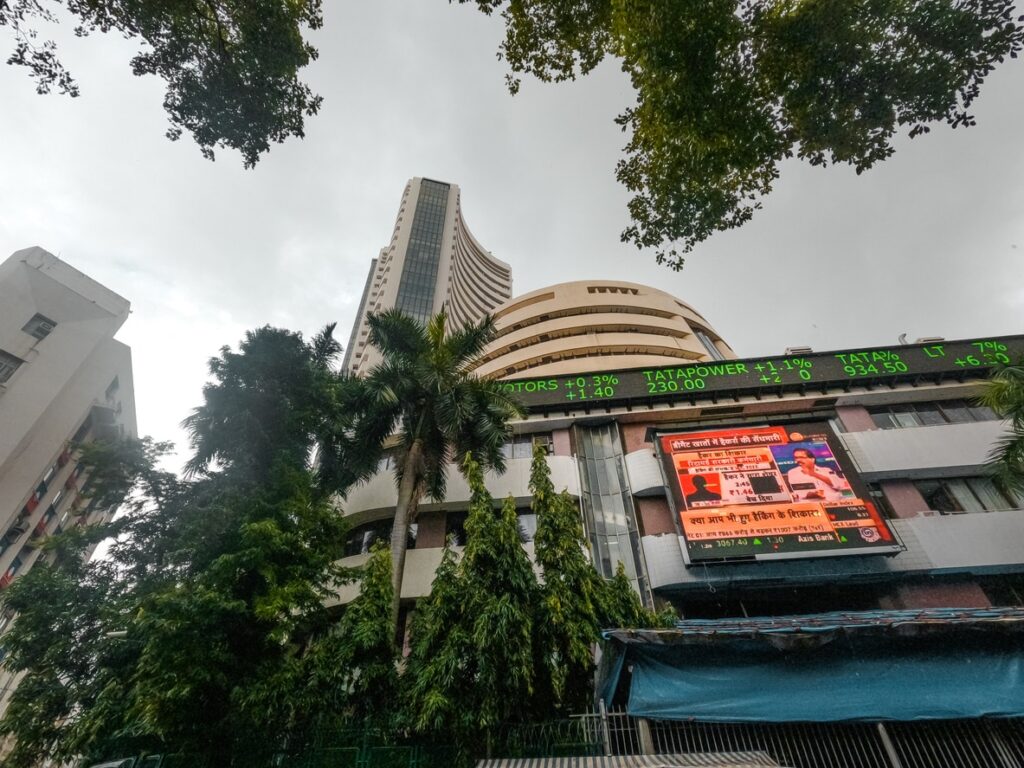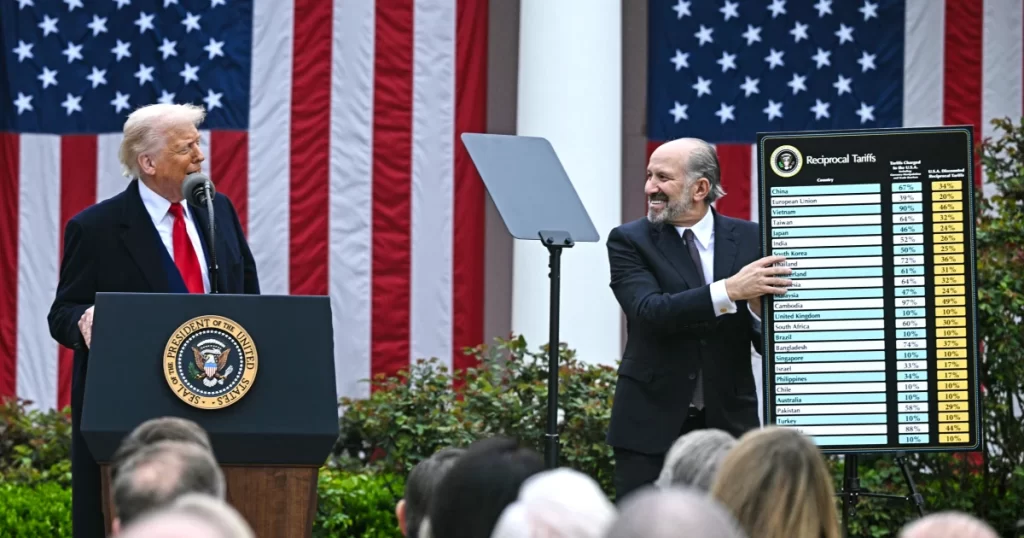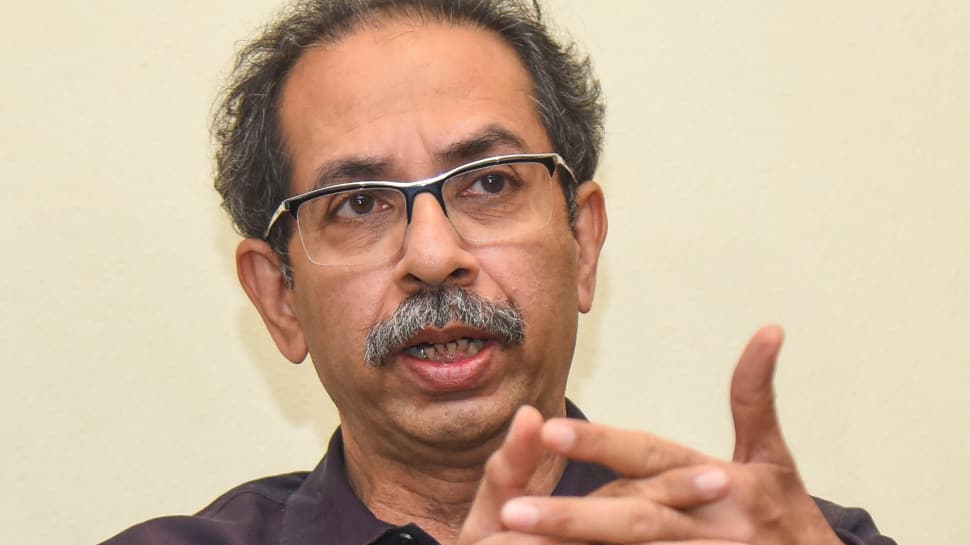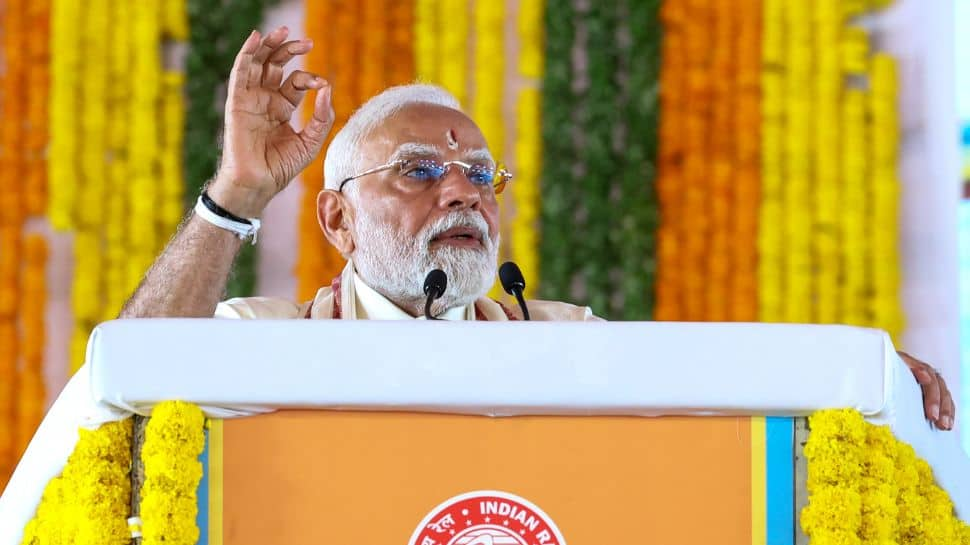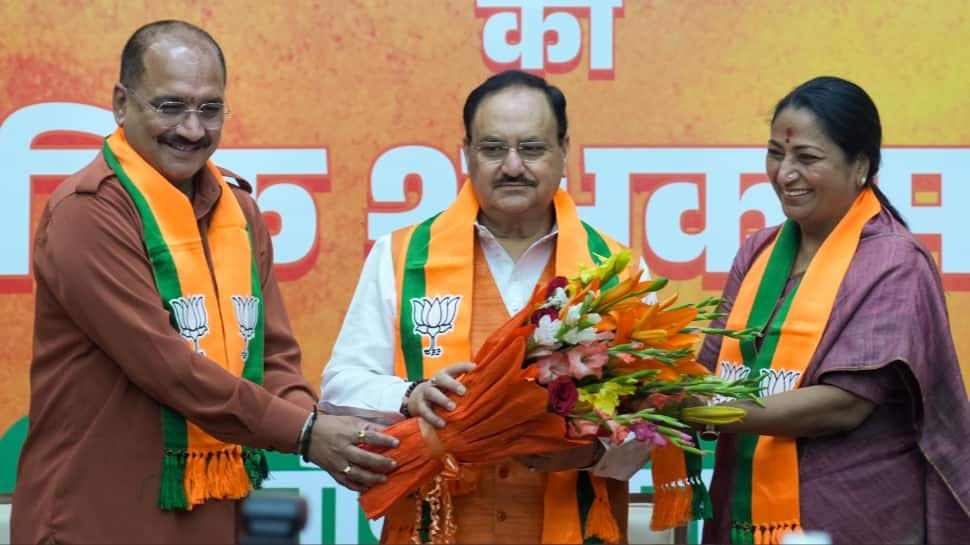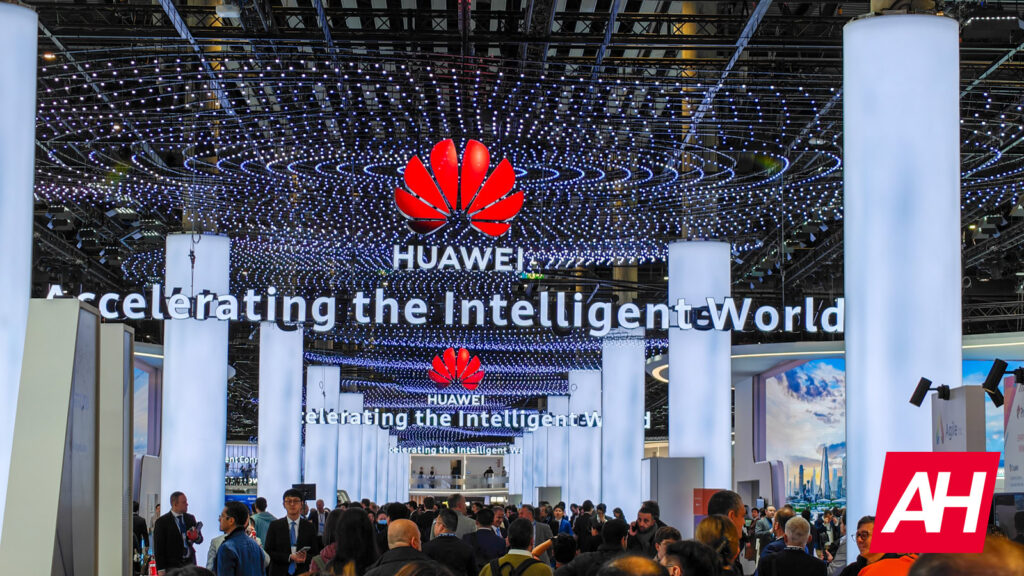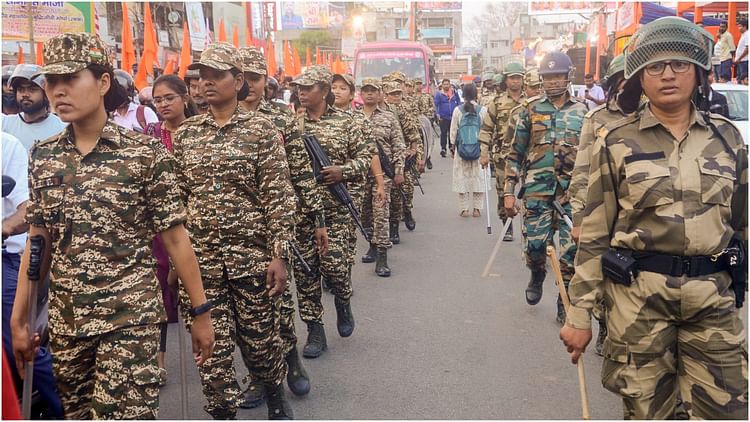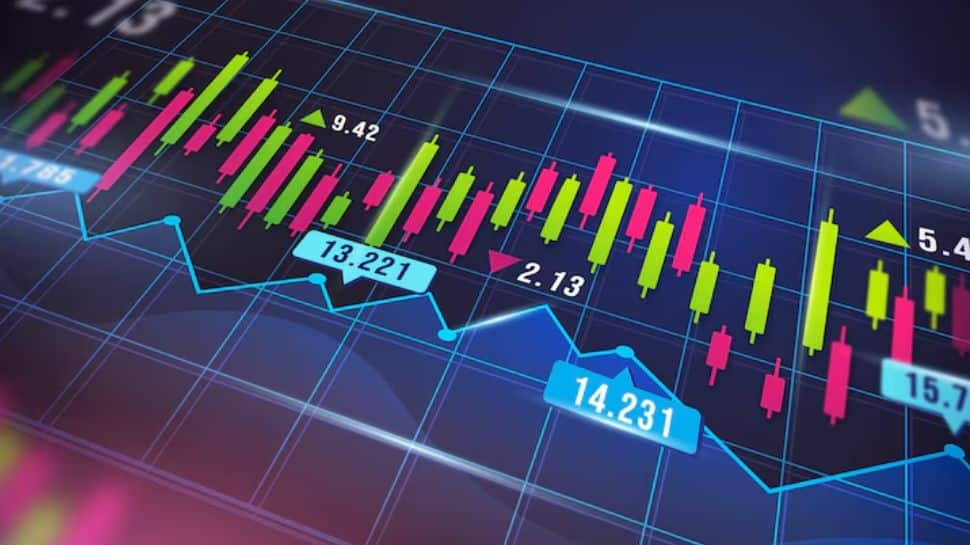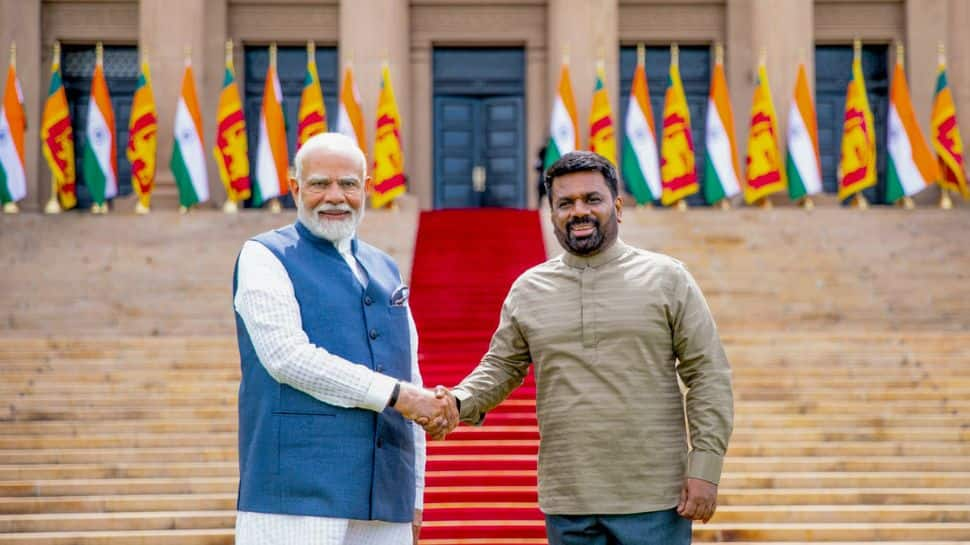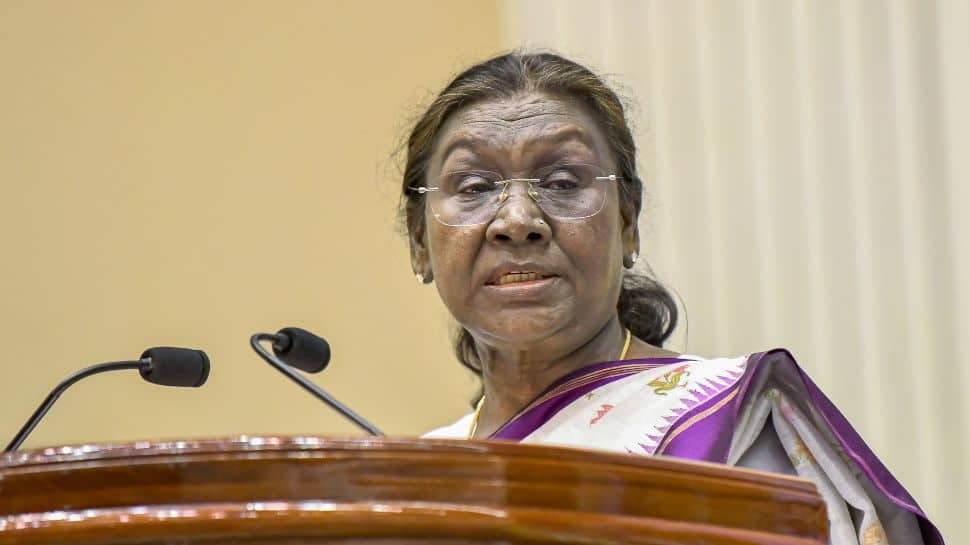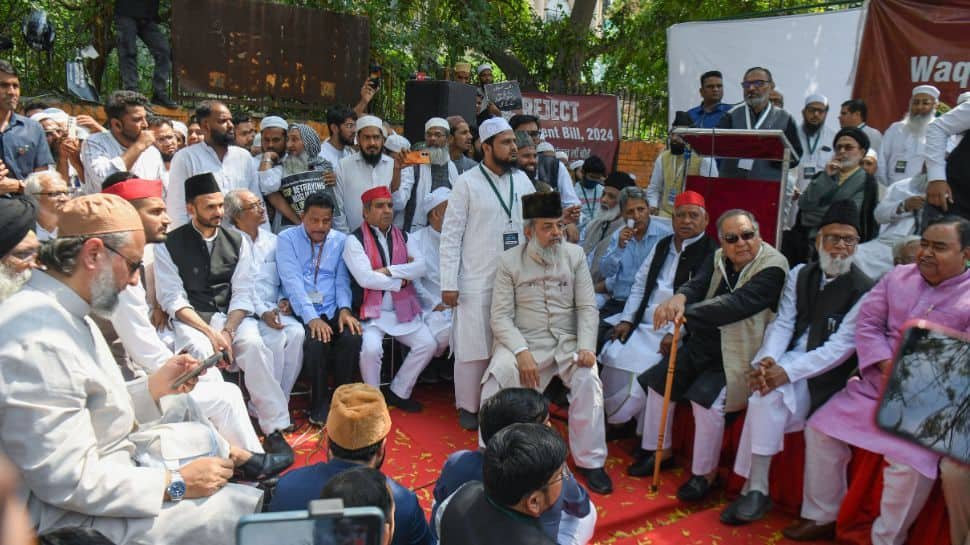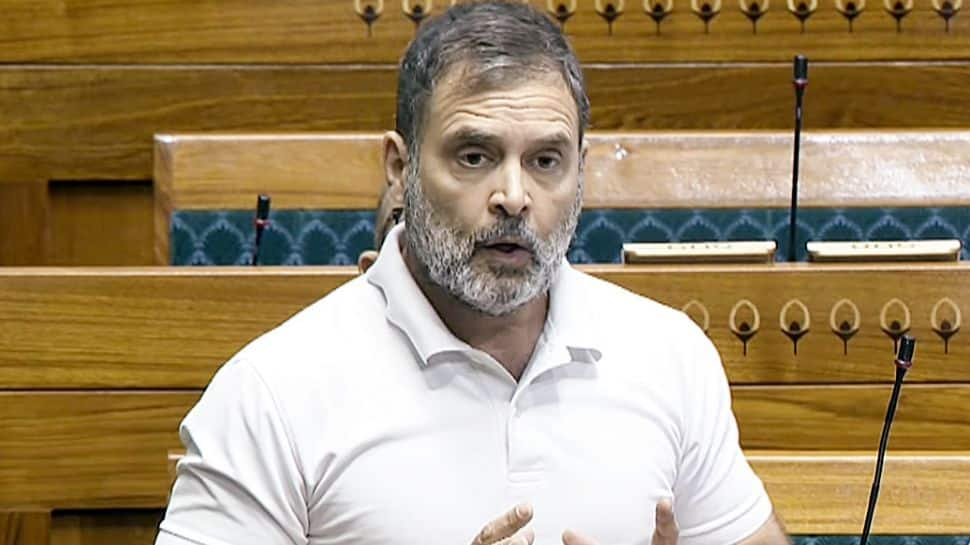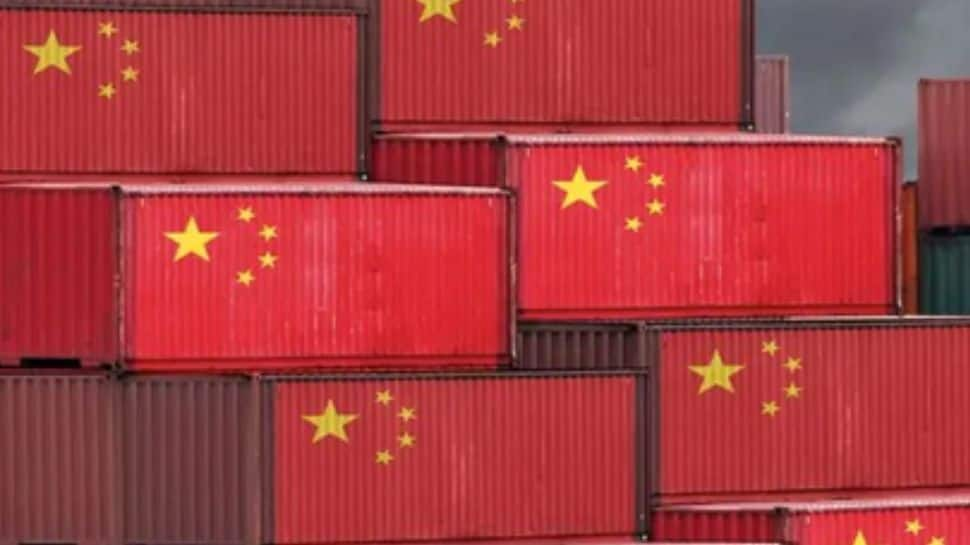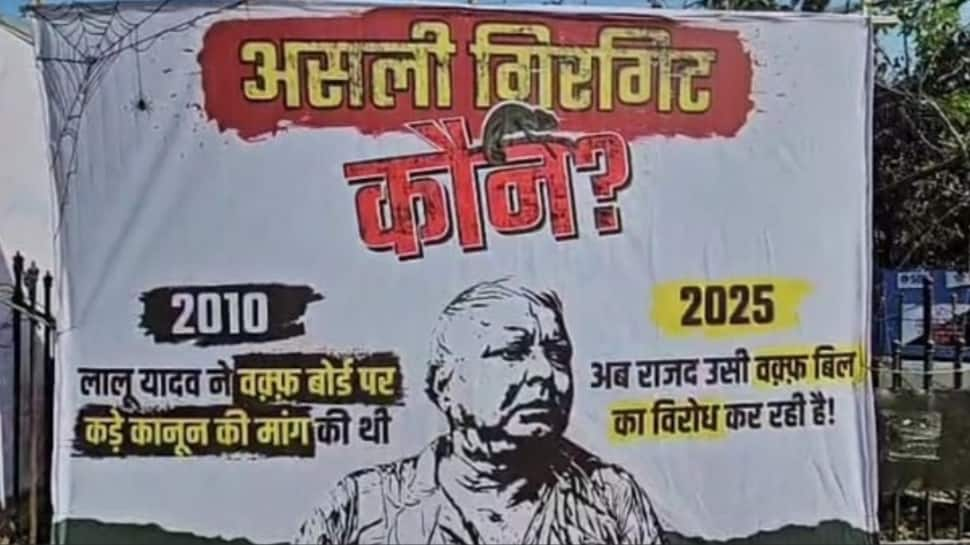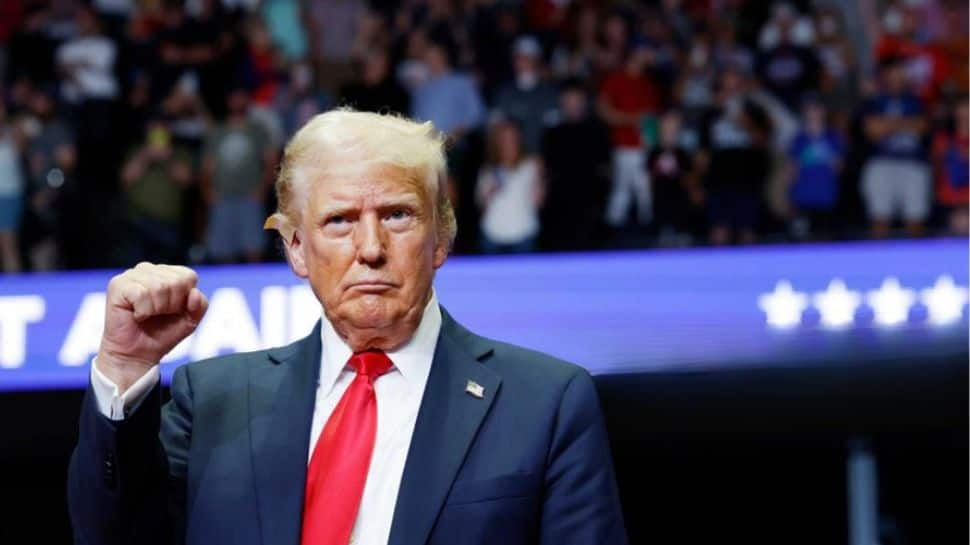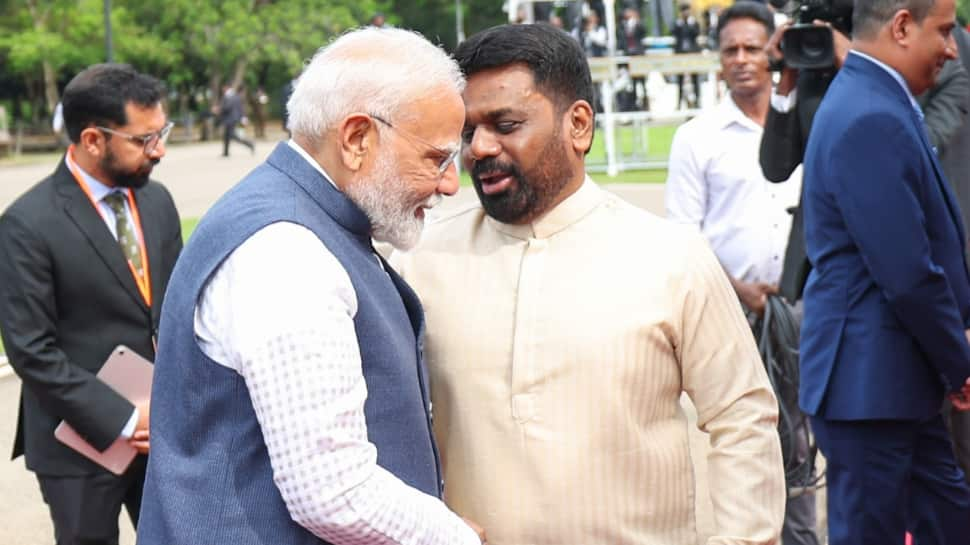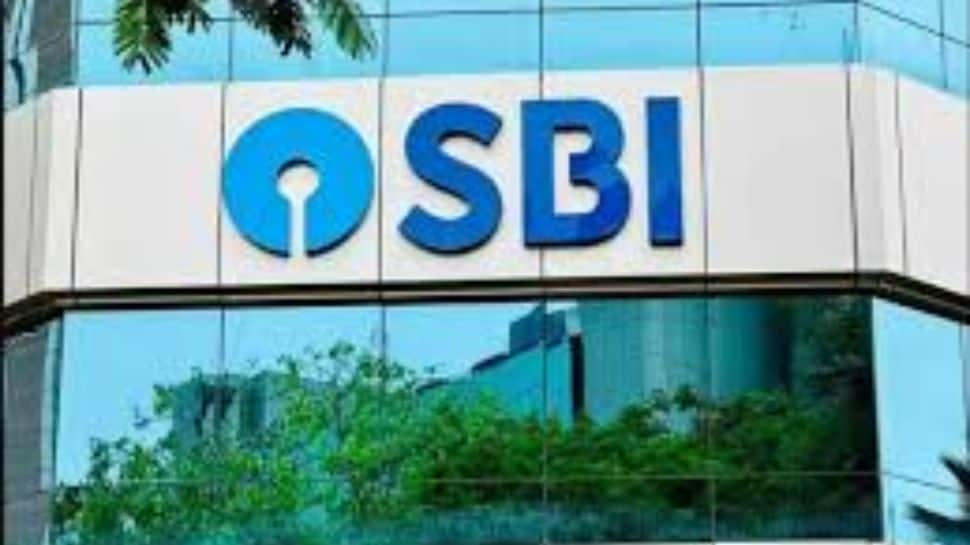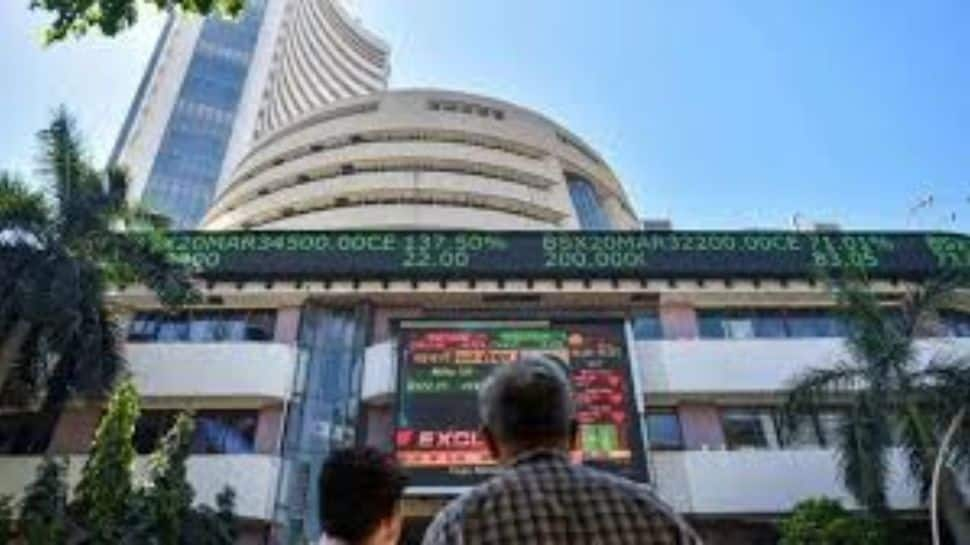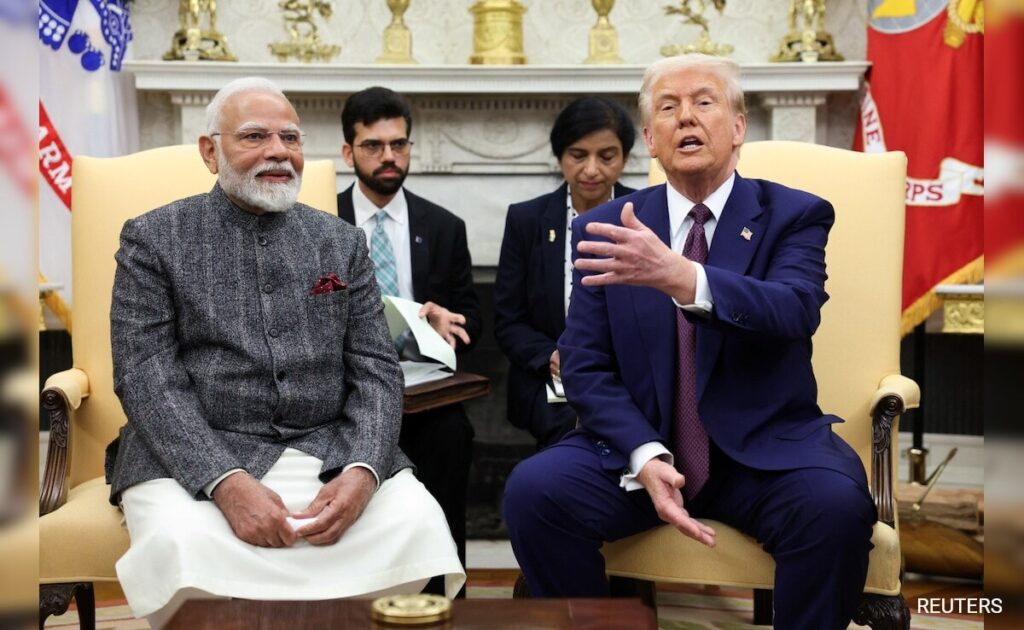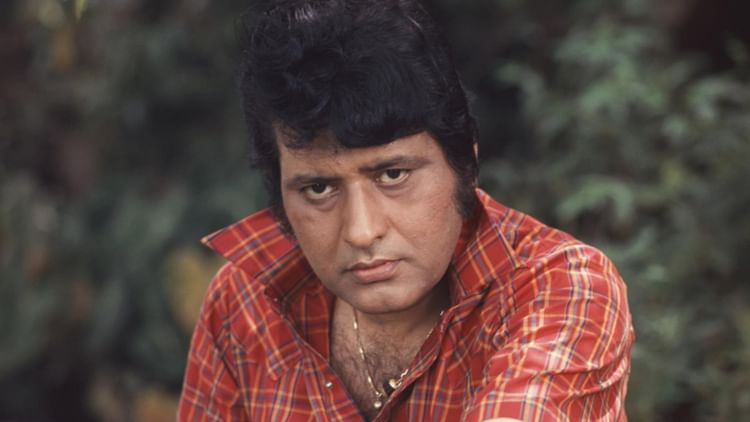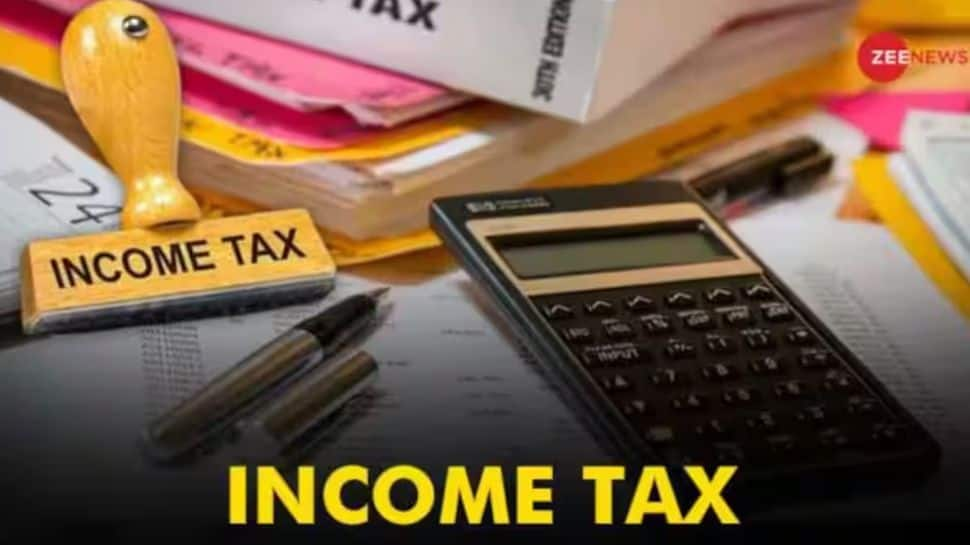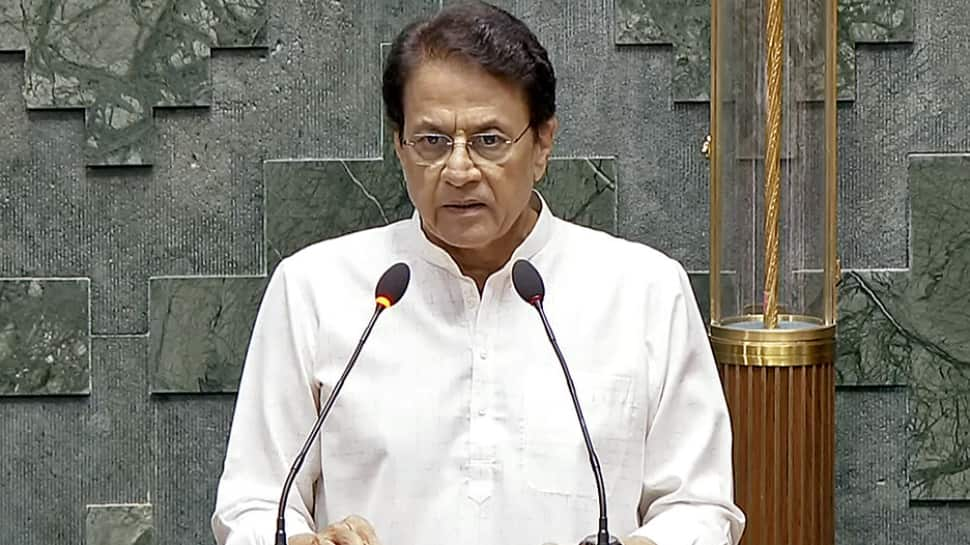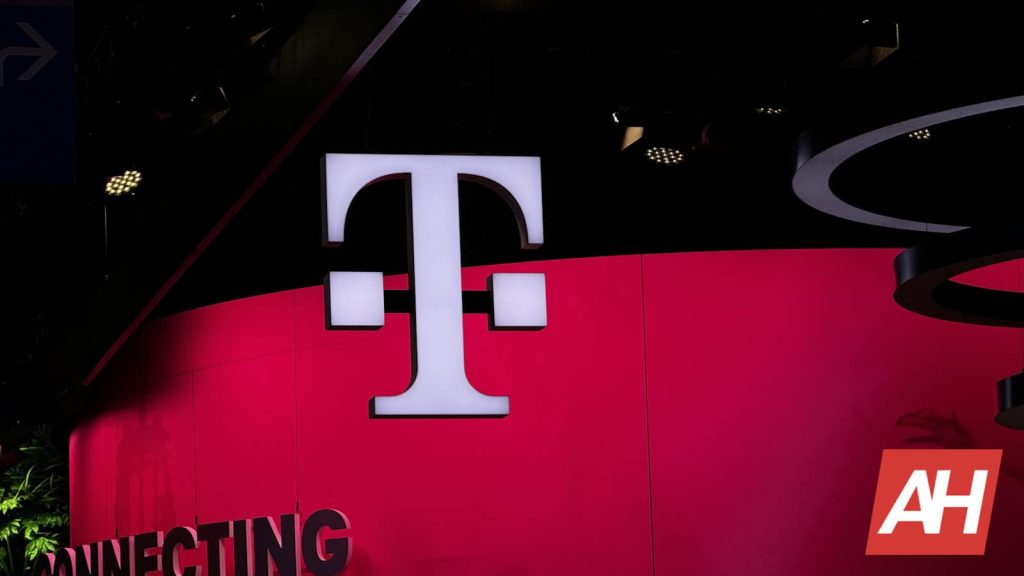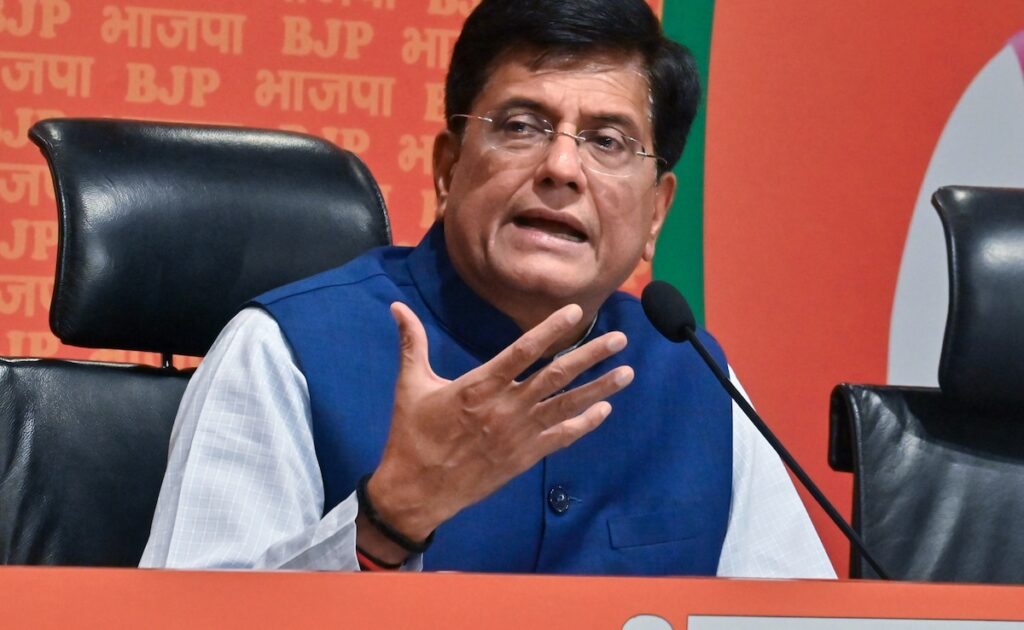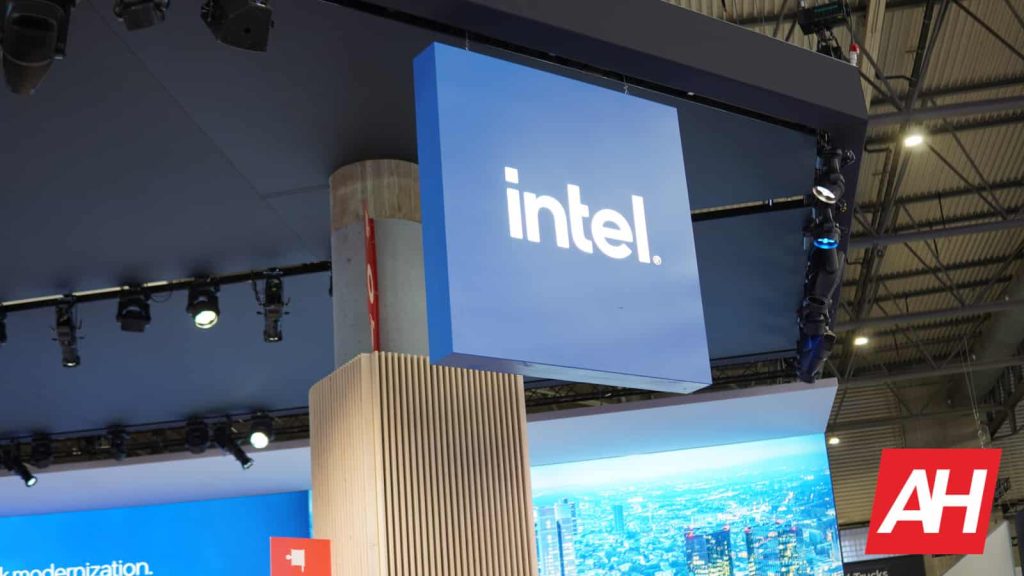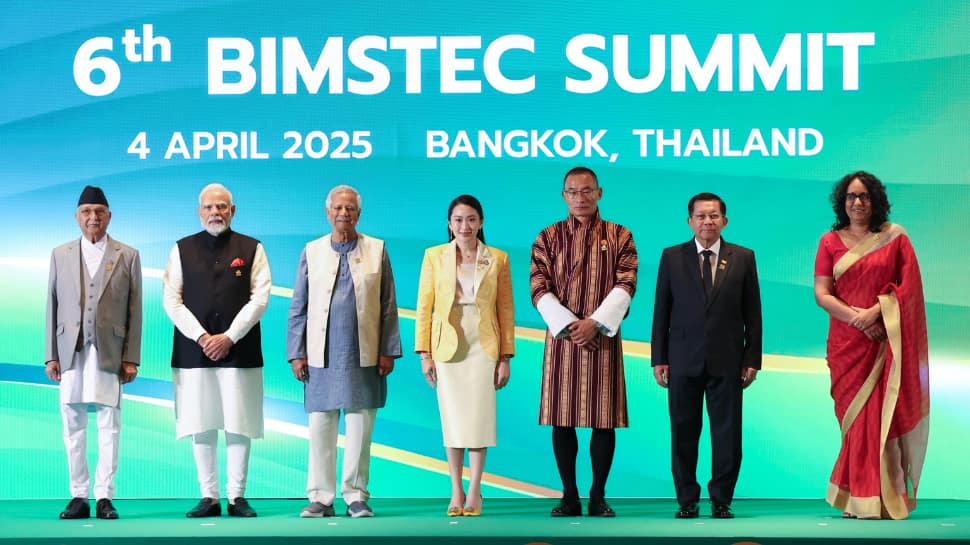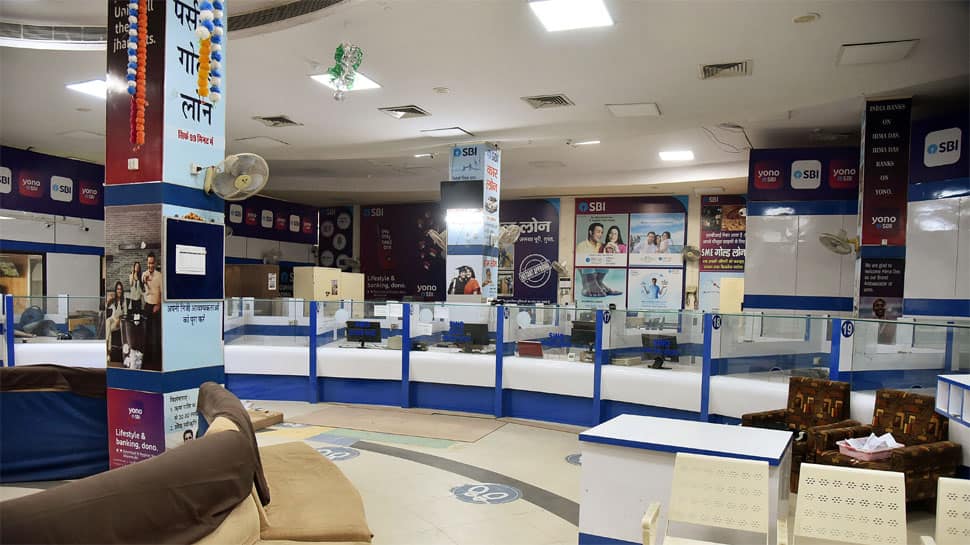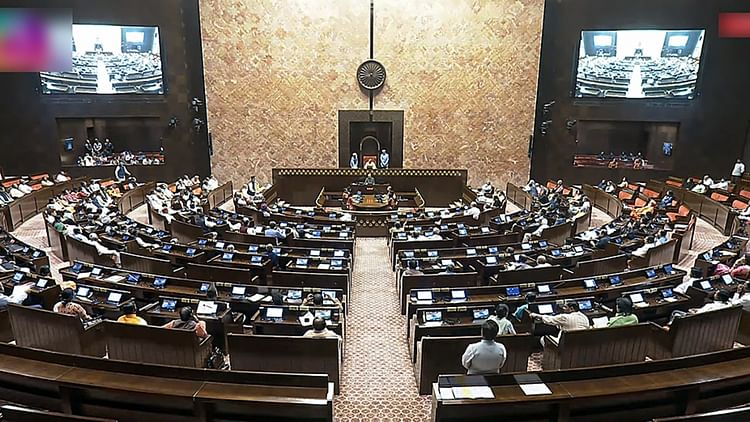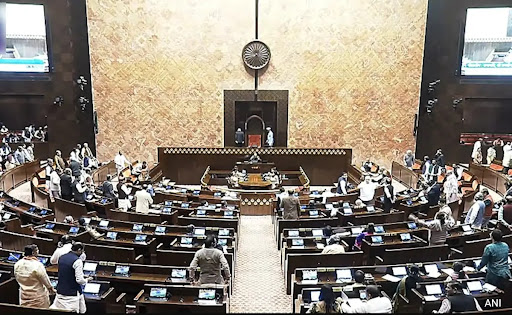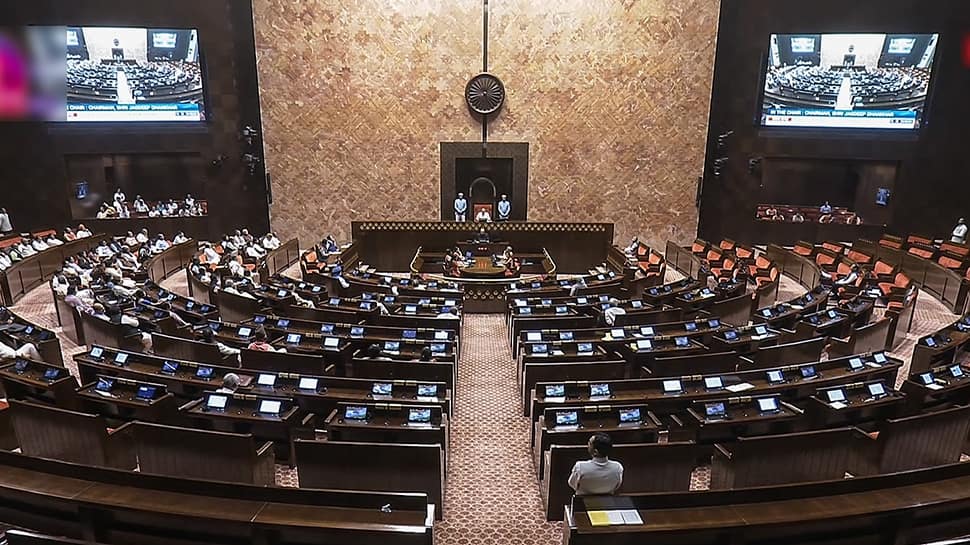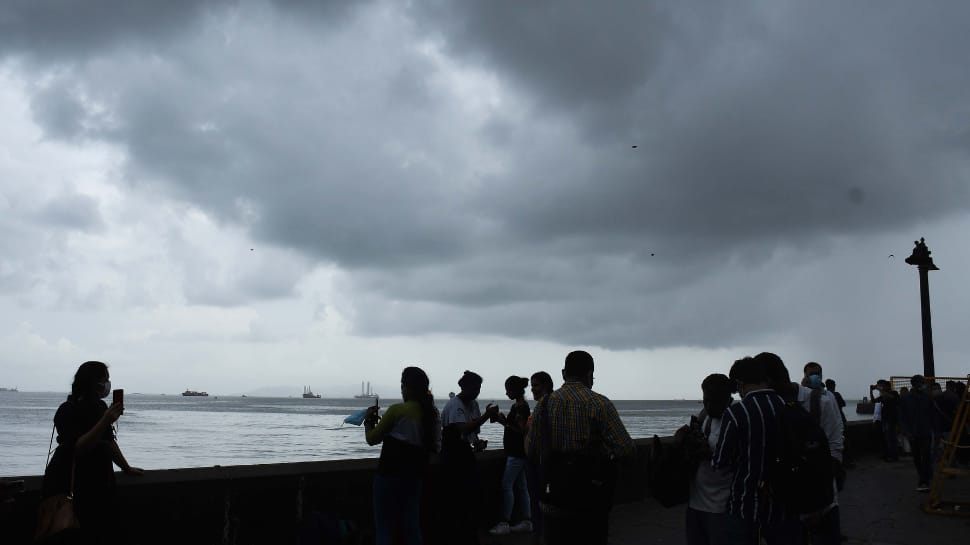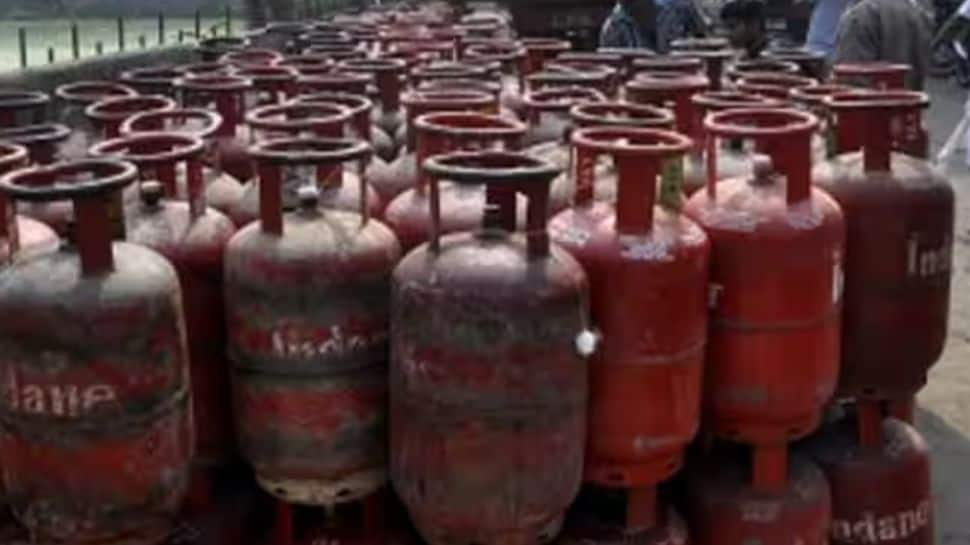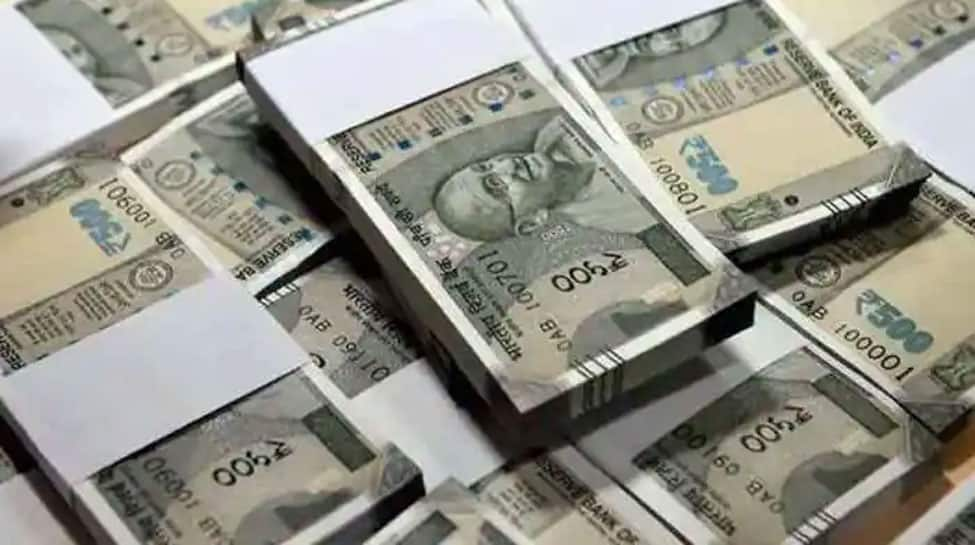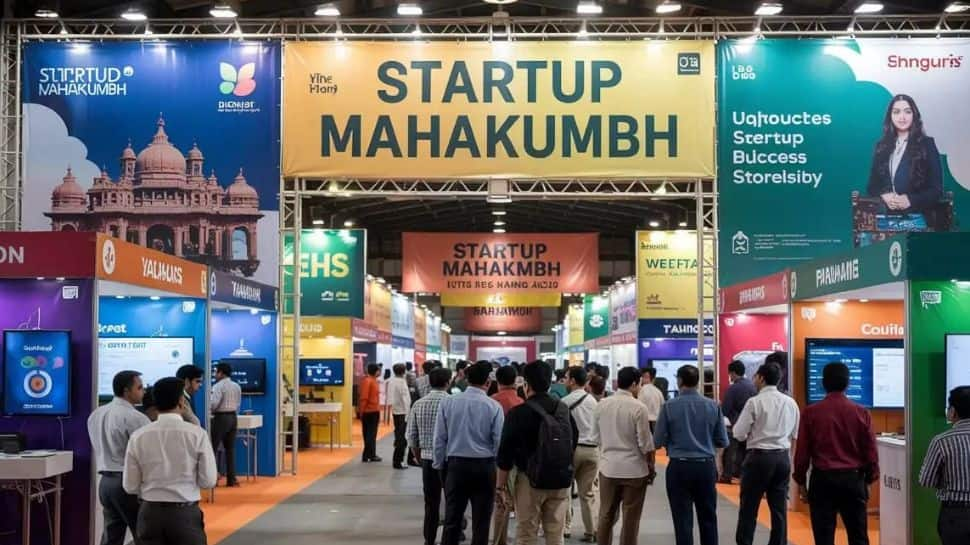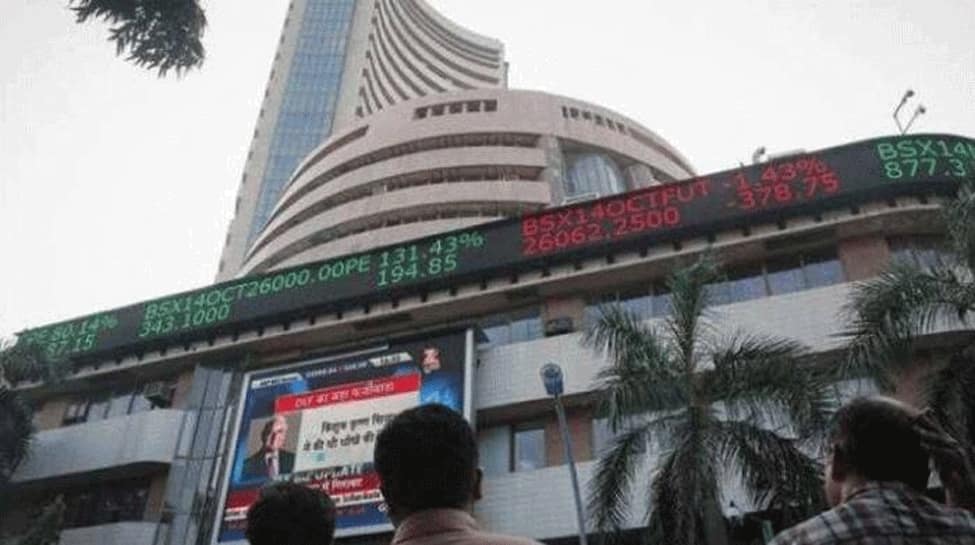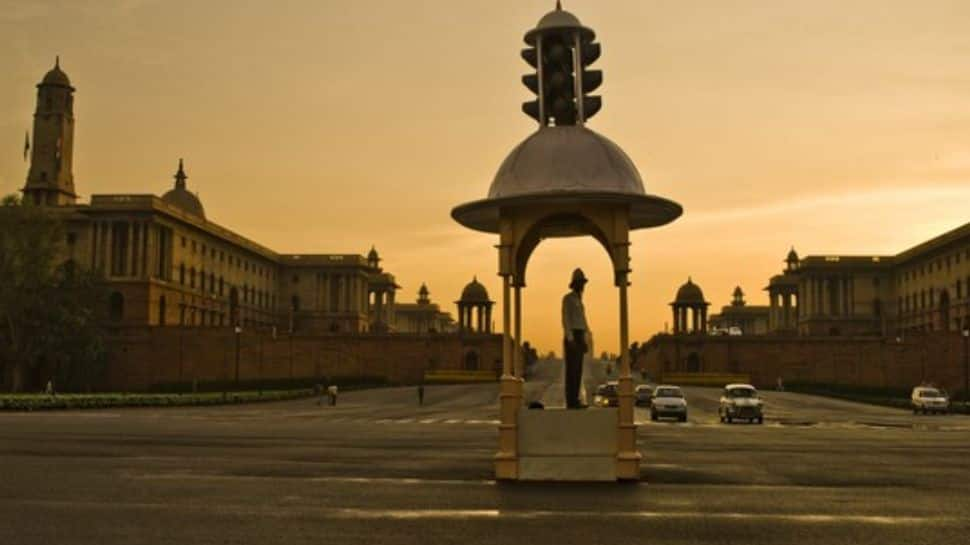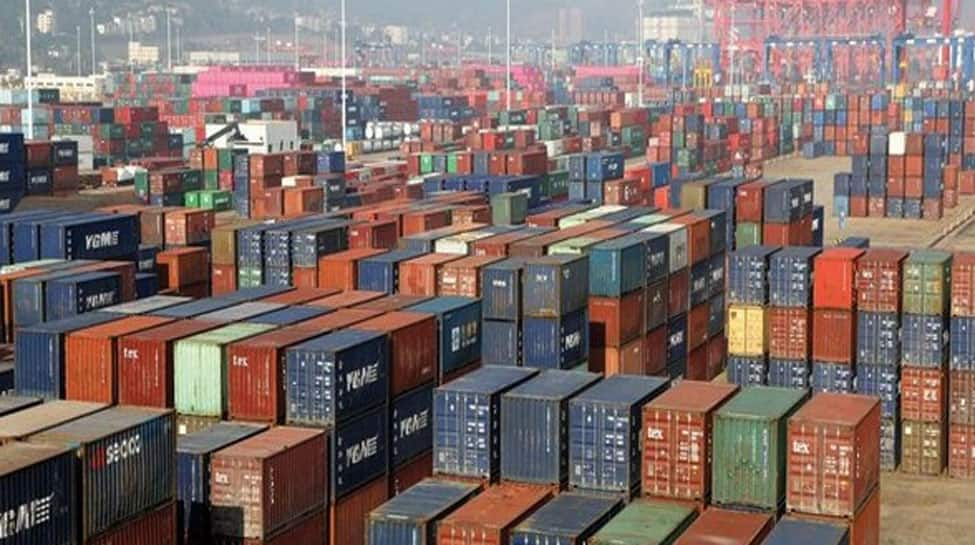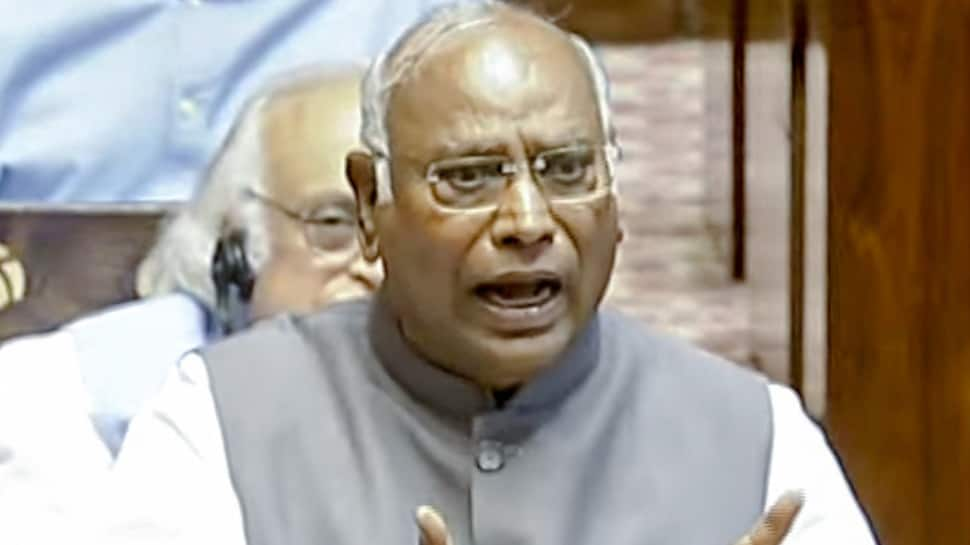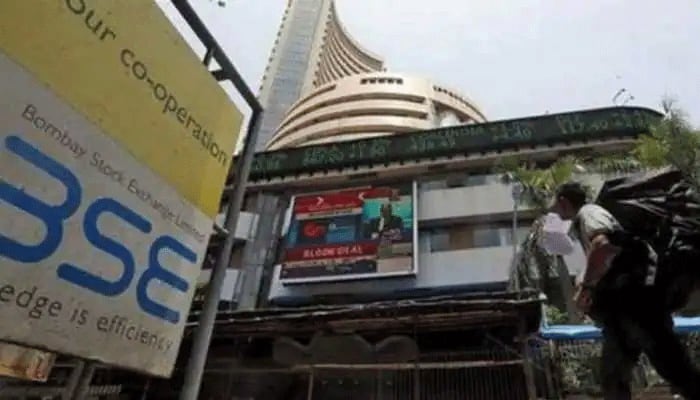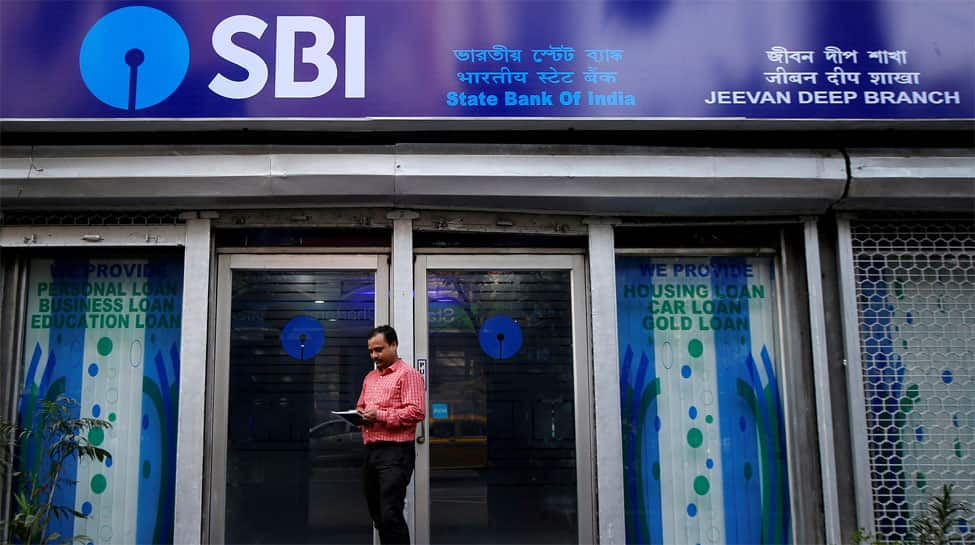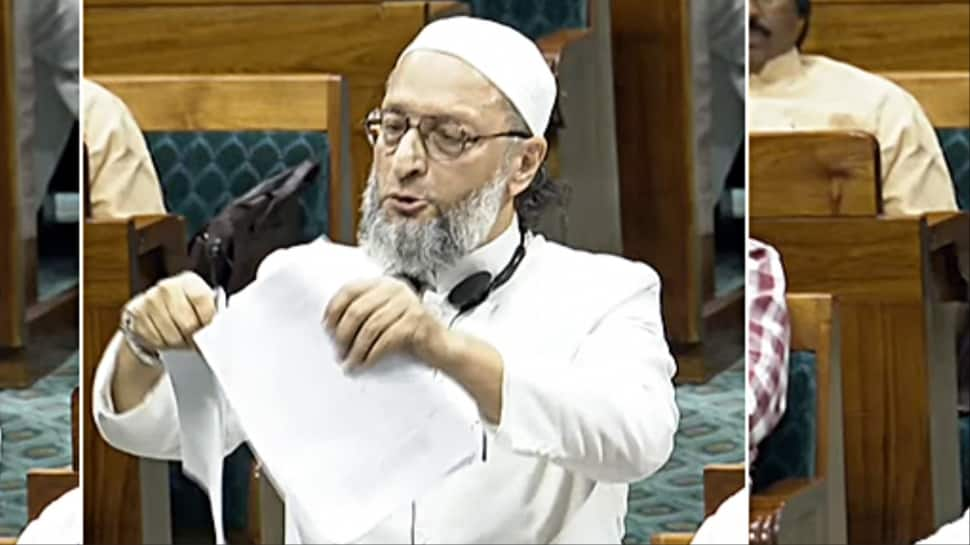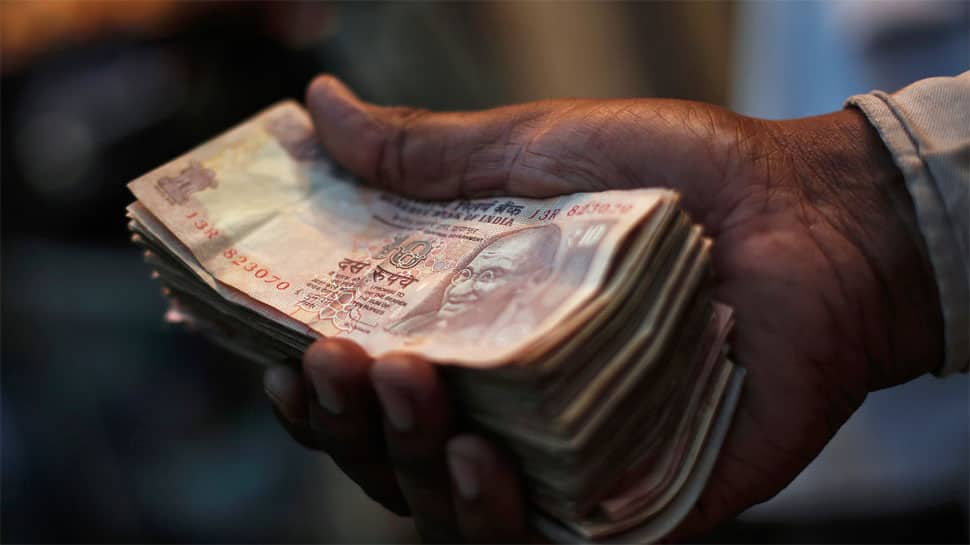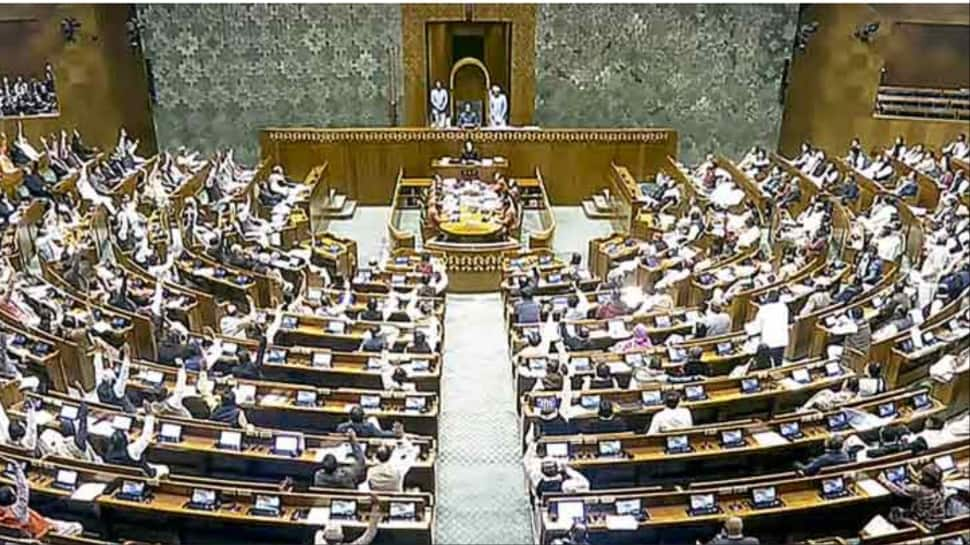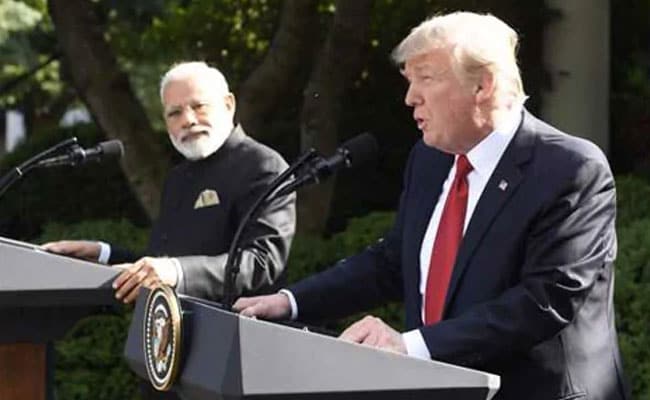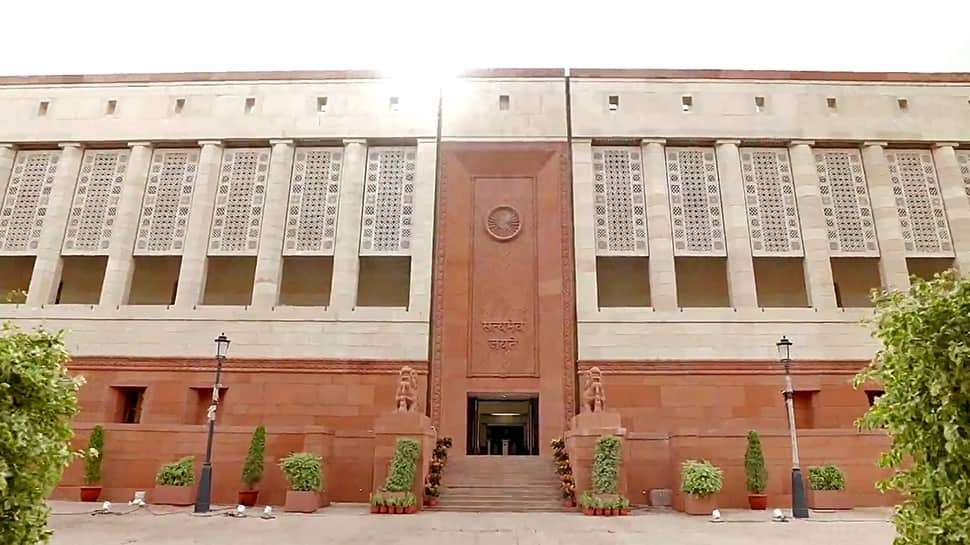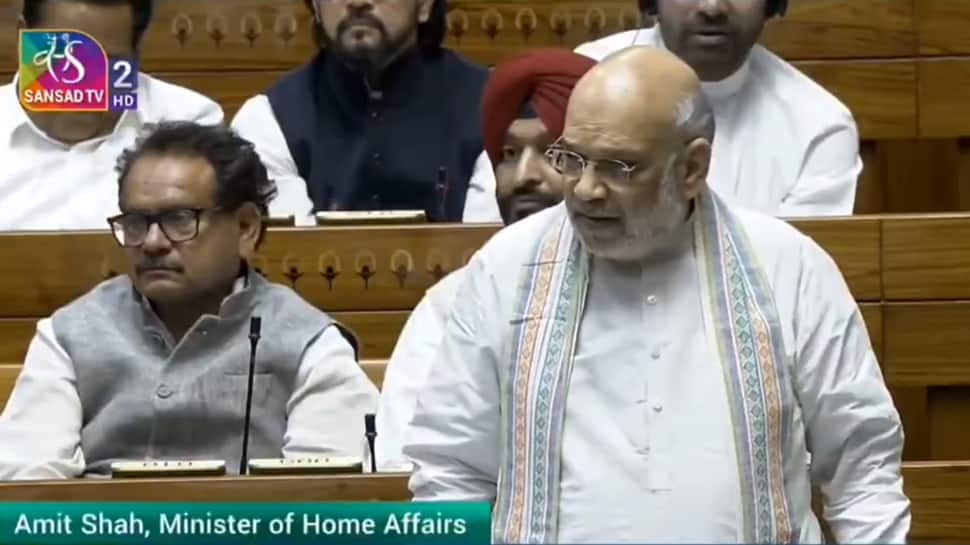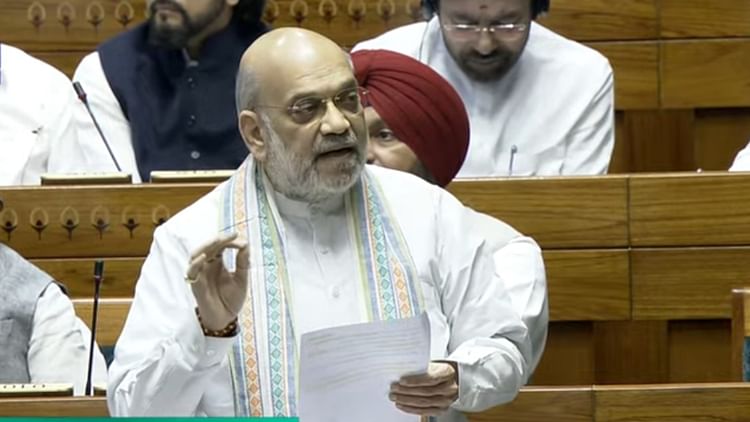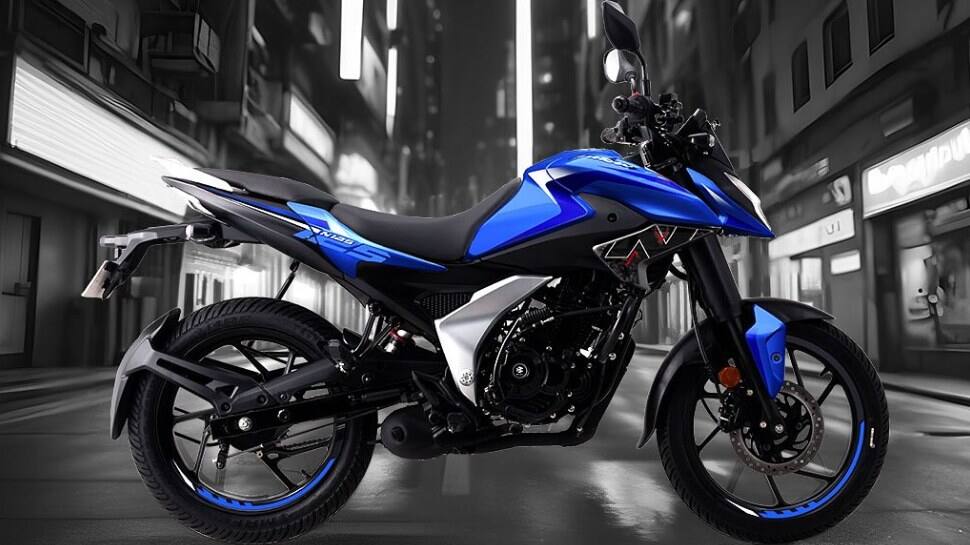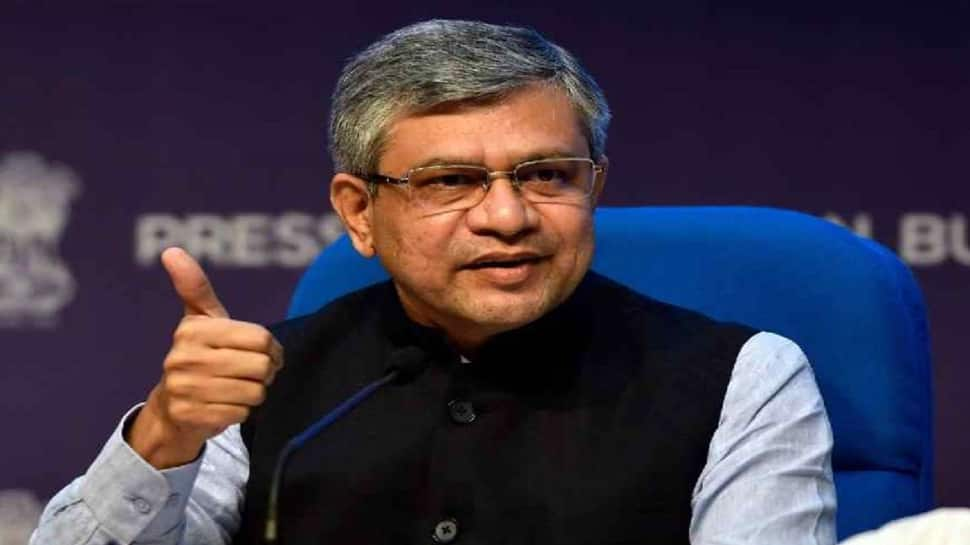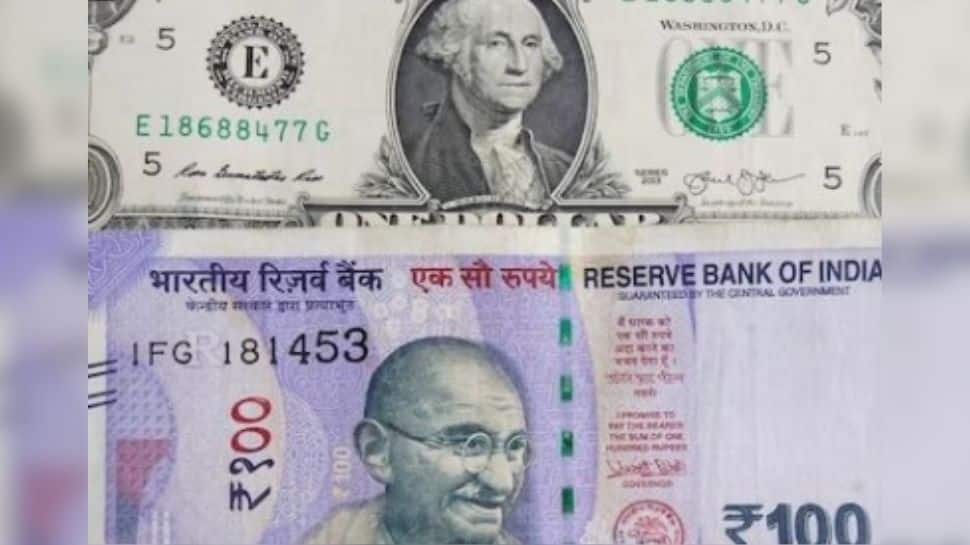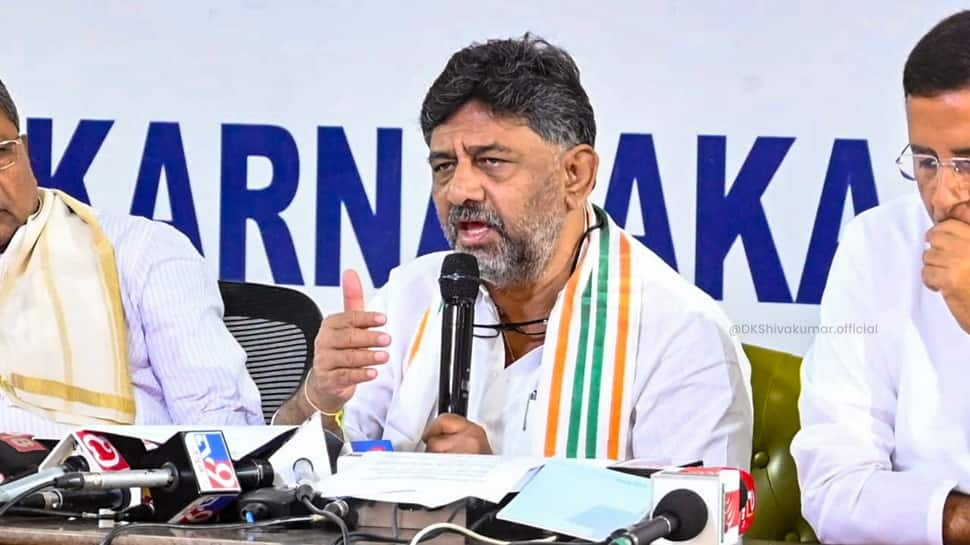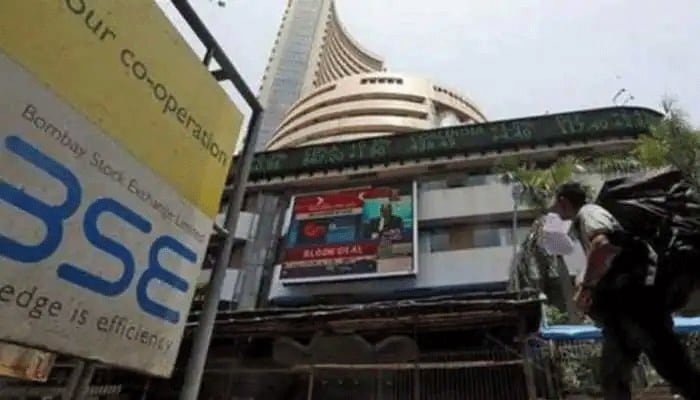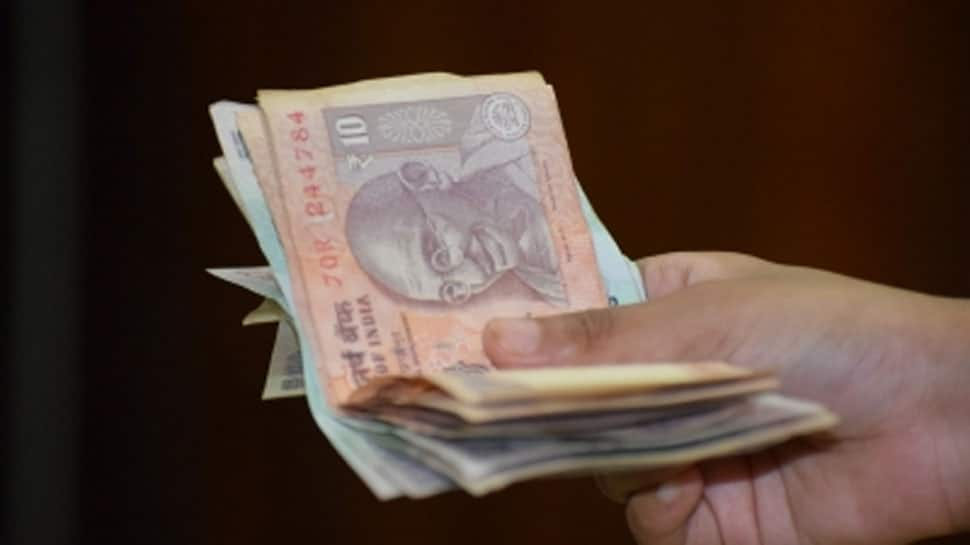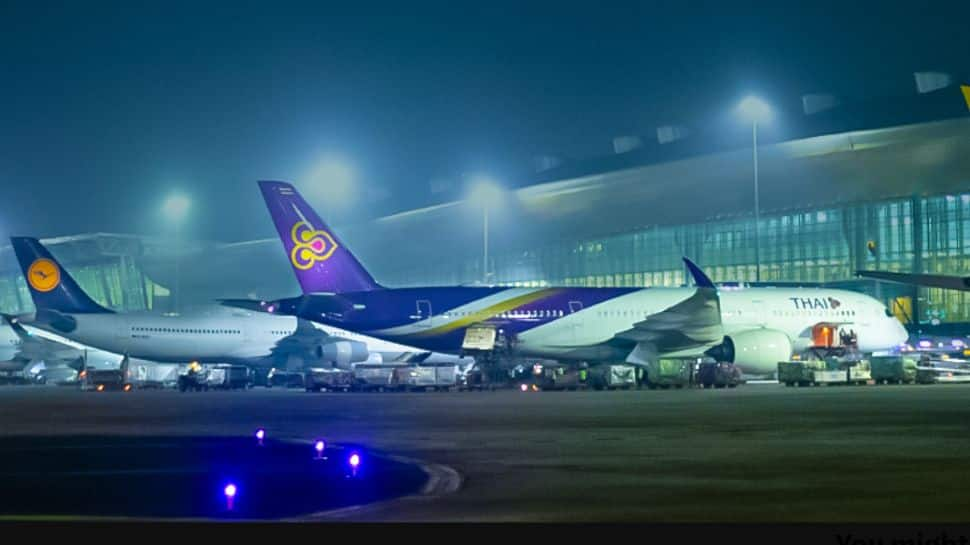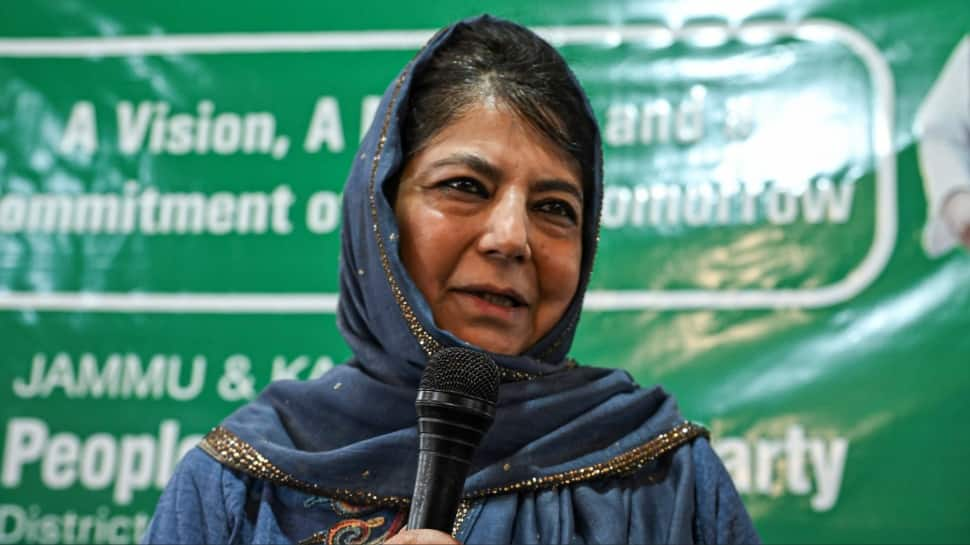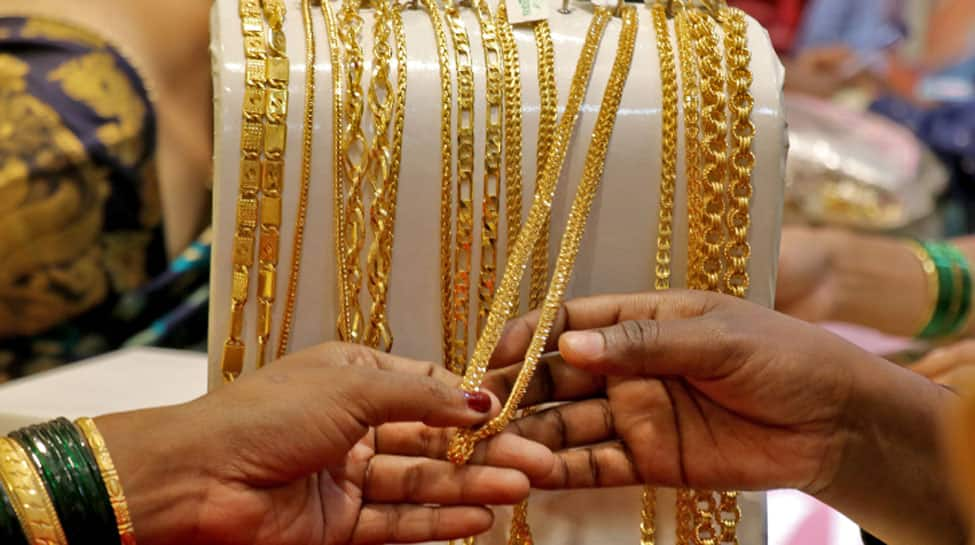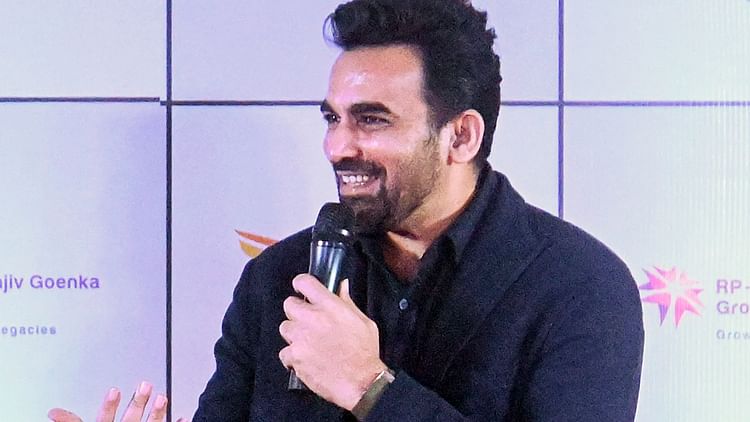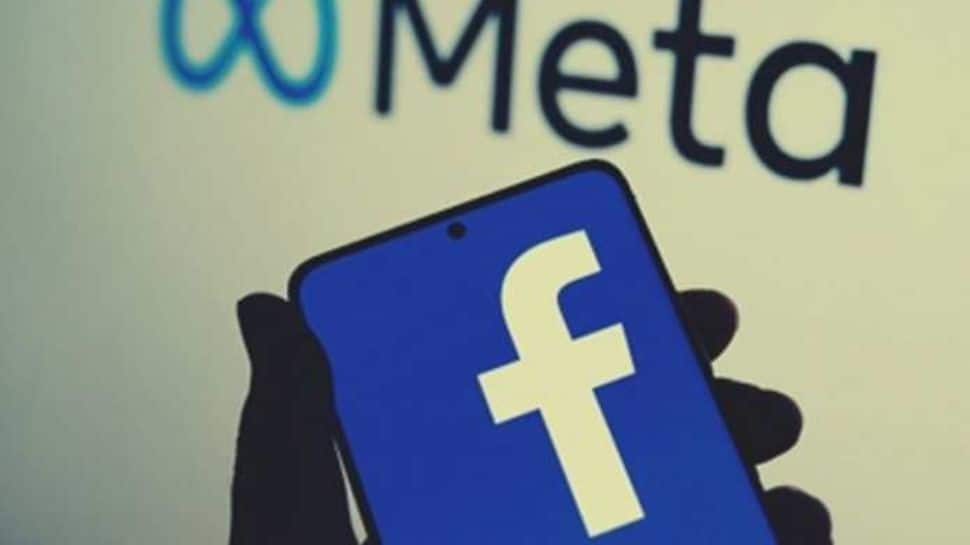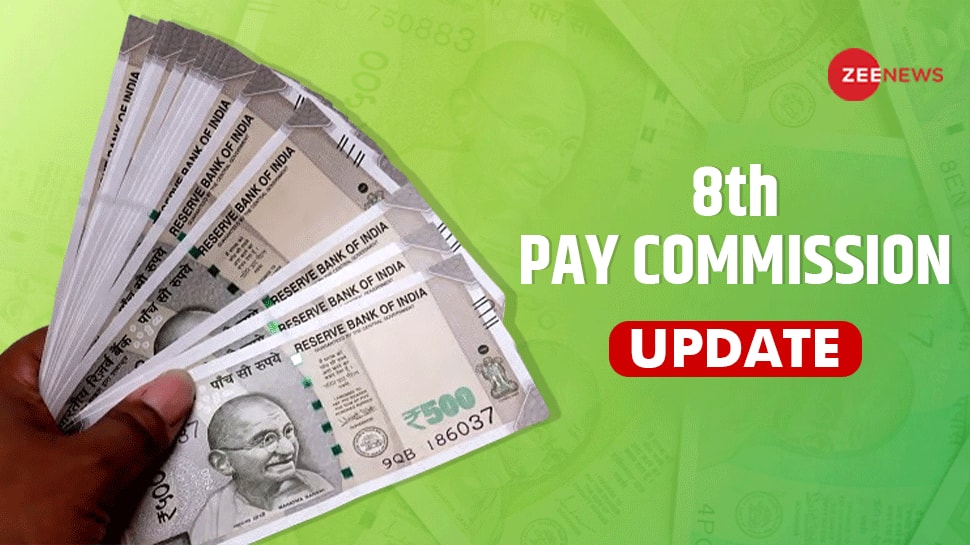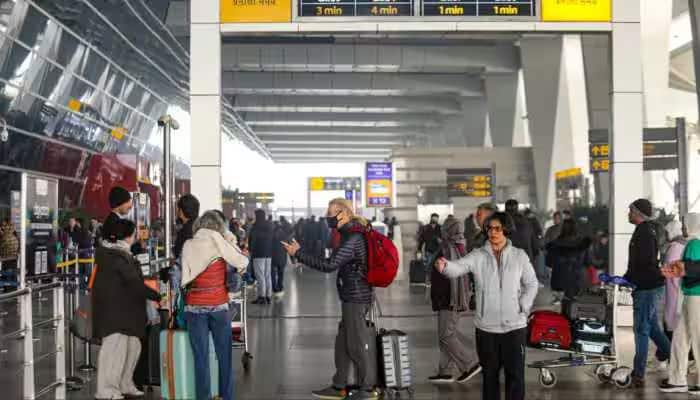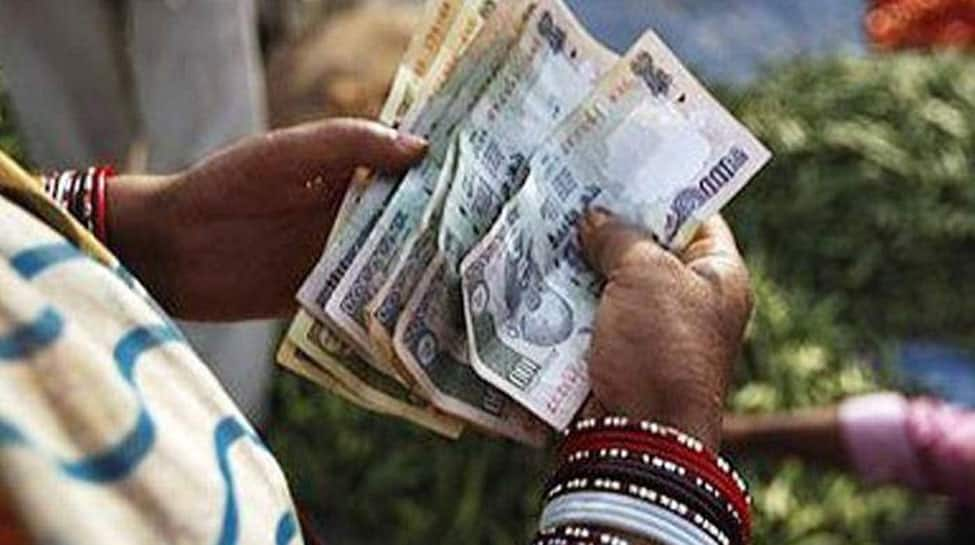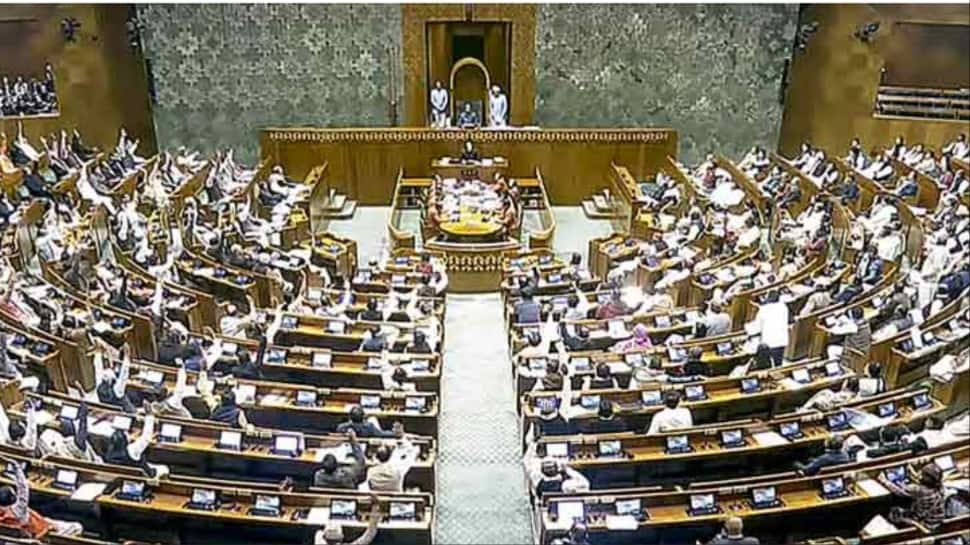Trump tariff divides India’s electronics manufacturing industry
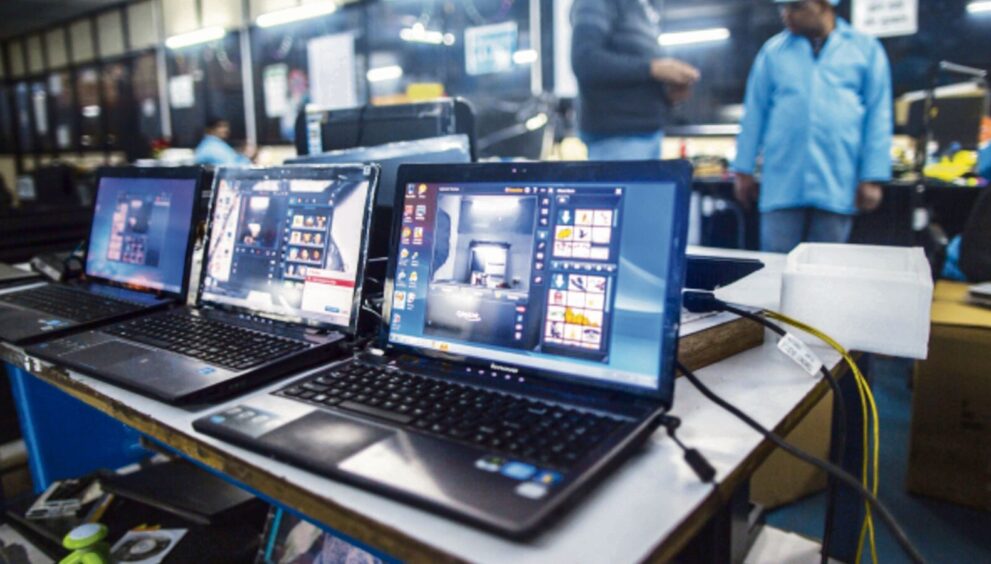
New Delhi: US President Donald Trump’s announcement of reciprocal tariffs on imports from countries around the world sparked a sharp division within executives and observers of India’s electronics manufacturing industry.
Some said there would be no impact in the long run on India’s push to become a global electronics manufacturing hub. But others expressed serious concerns about potential setbacks to India’s ambitions, and suggested that if Trump’s tariffs sustain, India could lose some of its impetus to countries with lesser taxes to the US, such as Brazil.
They said this is particularly relevant considering the growing importance of India as a manufacturing hub for companies like Apple, and other tech firms looking to diversify away from China to, potentially, India.
Atul Lall, managing director and chief executive of India’s largest contract manufacturer, Dixon Technologies, said the primary focus of Indian EMS (electronic manufacturing services) firms remains the domestic market, which is largely unaffected, and added that it’s too early to gauge the full impact on Indian firms.
“But it needs to be seen how companies go about setting up footprints back in the US,” Lall said. “The big change will be seen in how US consumers will be serviced in terms of access to electronics.” He added that to further understand the long-term impact, tariff stability and individual bilateral treaties will also need to be looked into, including India’s ongoing trade talks with the US.
On the other hand, Navkendar Singh, associate vice-president at IDC India, raised concerns about policy uncertainty and potential geopolitical pressures. Singh also highlighted the risk of Apple reconsidering its India expansion.
“There is a bilateral trade agreement that is in the works between India and the US, which will certainly make an impact in the electronics industry,” said Singh. He pointed to risk of geopolitical pressures pushing Apple to set up an assembly plant in the US in the long run or at least stall its India expansion. “Such moves will not just add to the cost and margin for Apple, but also hinder India’s effort to go up the value chain in global electronics manufacturing and supply chain,” Singh said.
Data from industry body India Cellular and Electronics Association (ICEA) showed that as of February, iPhones accounted for $14.5 billion, or 70% of India’s smartphone exports. While there is no specific number for US exports, four industry analysts estimated that at least 15% of iPhones exported from India were shipped directly to the US—adding at least $600 million in additional tax that Apple would have to pay for importing assembled iPhones to the US from India.
An Apple spokesperson did not respond to Mint’s request for a statement on Trump’s tariffs until press time.
The Apple story
Apple’s push to make iPhones in India began in February 2017. Since then, the company has ramped-up local manufacturing in the country and even uses India as a base to export devices to the rest of the world, including the US.
According to three market analysts that Mint spoke with, Apple sold approximately 110-120 million iPhones in the US last year. With all of them being made in China, Vietnam, Brazil or India, Apple will have to pay import tariffs ranging from 10% (in Brazil) to 46% (in Vietnam). The analyst consensus suggested that this could lead to additional tariff liability of up to $10 billion on Apple—with its lowest-taxed manufacturing destination being Brazil, if the tariffs sustain.
Union IT minister Ashwini Vaishnaw said last week that Apple today has 64 dedicated assembly plants for its manufacturing efforts in the country. Privately held Tata Electronics Private Limited, as well as China’s largest contract manufacturer Foxconn’s India joint-venture, are two of the biggest benefactors of Apple’s localization push. Tata Electronics and Foxconn are Apple’s biggest contract manufacturers in India, assembling the company’s latest iPhones in the country.
Analysts believe that Trump’s tariffs will lead to multiple negotiations around the world with the US, which may or may not disrupt the current status quo—where India is a key benefactor of tech companies looking to diversify their manufacturing efforts beyond China.
Global impact
A senior analyst at a top brokerage firm added, requesting anonymity, that a slowdown in localization could hamper India’s eventual economy target for 2030. “On the face of things, Indian EMS firms do not have major exposure to the US—Dixon Technologies sees 5% of its revenue from the US, while for Syrma SGS and Kaynes Technology, it is around 2-3%. While this is not a concern, what India should be worried about is a drastic potential shift in the global EMS supply chain driven by the US,” the analyst said.
A second analyst at a fellow brokerage firm added that such a move could hamper India’s intended value addition growth as well. “Right now, Apple is one of the biggest customers for electronics assembly in India, followed by Samsung, Xiaomi and China’s BBK Electronics brands. While none will move manufacturing beyond one-fifth to India in the next five years, Apple so far had a near-term target to ramp-up India manufacturing to a quarter of its annual iPhone output,” the analyst said.
The negotiation table
However, much of this would depend on whether the current tariffs sustain in the long run.
“What Trump’s tariffs are doing is bringing nations to the discussion table, and it is likely that beyond six months, the tariffs may be drastically different—or perhaps not there at all,” said Tarun Pathak, partner and director at Counterpoint.
He added that India’s electronics manufacturing has so far grown on the back of import substitution opportunities. “Going forward is when India has the opportunity to cater to export globally and increase its actual local revenue generation, which contributes significantly to a nation’s GDP,” Pathak said.
A tariff war, Pathak added, could potentially disrupt this growth for India, “unless Asian nations come forth to impose counter-tariffs on the US or strike their own bilateral agreements with the US, both moves being on the table right now”.
Risk from indirect exports
In the meantime, India must remain vigilant of being used as an indirect path to route exports, stakeholders said.
Ajai Chowdhry, co-founder of HCL Technologies Limited, said while the impact on China is worse than on India as per the current shape of Trump’s tariffs, this could lead to India being leveraged by its neighbour for indirect exports.
“We must be vigilant about China’s electronic waste dump into India, and should exercise a high level of concern in an indirect trade war. We do not, at any point of time, want to turn into a trading colony of China’s,” Chowdhry said.
Catch all the Business News , Breaking News Events and Latest News Updates on Live Mint. Download The Mint News App to get Daily Market Updates.
MoreLess


















































































































































































































